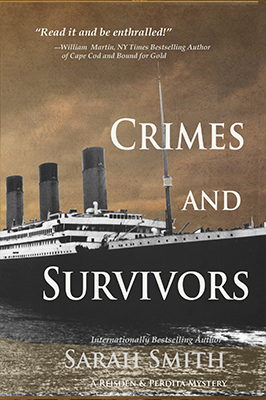When I was a graduate student, I wanted to write a book about how technology
influences
narrative. For
instance, how was Samuel Richardson's Clarissa influenced by the fact that
Richardson himself
printed
it? How was the early film esthetic shaped by orthochromatic film stock?
I never got to write that book. Instead, Mark Bernstein gave me a chance to live it.
The original King of Space was a creature of the late 1980s, of the very early days
of
consumer
computing.
We were roll-your-own to an inconceivable degree. We were thinking out every piece of tech
for
the first
time. There were four of us: programmer, artist (the brilliant Matt Mattingly), music
(Michael
D), and text
(me). Color wasn't an option. Neither was enough space to fit all the text in, all the
images and
animations
we wanted. We fell off the edge of the narrative and discovered the necessity of a bounded
narrative world.
We broke the original programming language.
It was frustrating. It was wonderful. We dreamed all the time of what we couldn't do.
Somehow we managed
to
do it…most of it…and created what's been called the first science fiction
hypertext.
Now, thirty years later, Prof. Dene Grigar and the students from the Creative Media &
Digital
Culture
program have given me any creator's dream. How would my work look in today's
technology?
The
King of
Space
you'll see can take advantage of graphics design programs, 3D rendering, storage without
limits. Most of
all, it has the advantage of 22 talented collaborators, bringing back to life the fertility
dance in space
we first dreamed of back in the ‘80s. Thanks to the CMDC, it's my honor to have my
hypertext
literature,
like other literature, like films, rethought and made alive for a new generation.
It's beautiful, and I hope you'll enjoy it.
- Sarah Smith
